Tokyo on Foot: A Walk Back in Time in Ofuna
Many of us know Ofuna as a station that we whizz past on our way to somewhere else. Trains and shinkansen headed southwest out of Tokyo either briefly stop or totally ignore the large commuter station there. There is no doubt though, that as you pass by you cannot miss the serene statue of the Buddhist Kannon of Mercy on the hill behind the station. In blazing white stone, the kannon is a relative newcomer to the area. Built in the middle decades of the 20th century, it shares a precinct with much older Buddhist traditions and practice.
Lying to the west of Ofuna station, it also marks the start of an interesting walk through the centuries of Buddhism in Japan. Tucked in behind a convenience store across the road from the canal is the entrance to the kannon. Walk away from the station using the west exit and cross the canal and the road that runs along it. The convenience store has a dog leg lane next to it which you follow for only a few meters before being confronted with a rather steep path bordered by bamboo.
Unfortunately, like most hilltops in Japan, this is not a disabled friendly site. The path leads to a formidable set of steps, at the apex of which is the kannon. Beautifully positioned and startlingly white, it is literally breathtaking to both take in her peaceful visage and climb the steps at the same time. The kannon was built over a period of years by locals who wanted to pursue the idea of world peace after the horrid consequences of the atomic bombings of Japan. Rubble from ground zero in Hiroshima was used in the construction.
Another, shorter flight of steps leads to the interior of the statue in which several alters are set up, one of which is decorated with the now famous origami cranes and represents the huge humanitarian loss at Hiroshima and Nagasaki. Outside, the gardens are pleasant and offer a nice view of Ofuna.
Leaving via the same sets of steps and going back out to the main road, it is time to turn left and follow the canal through a suburban landscape that has grown up around the series of small but verdant hills that house the kannon and temple grounds. Twenty minutes or so down the road, which is flat and uneventful, a major road, number 23, turns to the left and into a suburb called Taya. The green hills will still be on your left with a large series of rice paddies to your right. Where the rice paddies end is the Taya bus stop. To the right a wooded hill is visible. Take the road and head towards the hill, as this is where the caves are situated. A drainage canal is on the left and lanterns and banners indicate the entrance to the Taya caves.
The short, two-and-a-half-kilometer walk from Ofuna station has actually brought you from a 20th century Buddhist statue to an 12th century Buddhist Shingon sect sanctuary. Here, monks used an existing set of caves, which they enlarged, for meditation and study. The entrance is much like any local temple except for the rather sinister looking doorway into the hillside. A ¥400 fee is charged, and in return you are given a candle and information sheet.
The main tunnel is generously proportioned, but beware, for as the caves and their connecting tunnels head deep into the hillside on a downward slant, the roof becomes lower. It is dark and dank in here, with mossy walls dripping water. The upside is the magnificent sutras and images of buddha that have been etched, painted or carved onto the walls. It takes about 15 minutes to descend on the one-way route to the lowest cavern. Here, a spring feeds water into a stone basin with a sculptured turtle at its base. It is peaceful and very quiet.
Following the signs, you return upward, all the while marvelling at the survival of the obviously fragile wall paintings. In all, you will spend over 30 minutes under ground. Back in the light, take time to reflect on the lives of these hardy monks who chiselled their way through these caves in order to study and perhaps reach enlightenment.
Head back to the station via the same route to complete a round trip of about 6 kilometers.

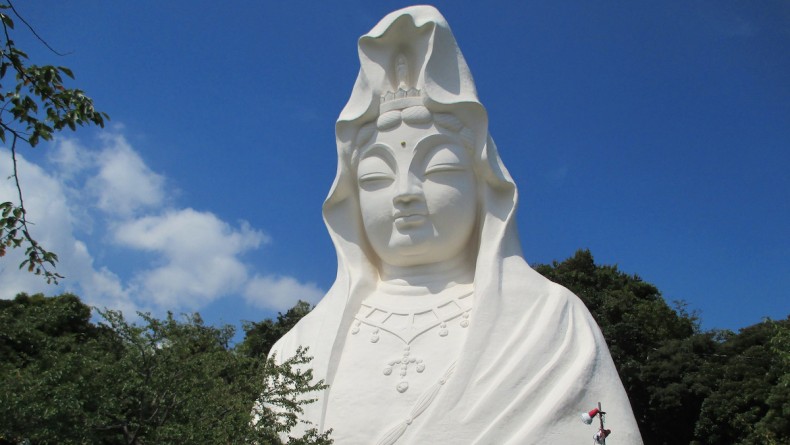
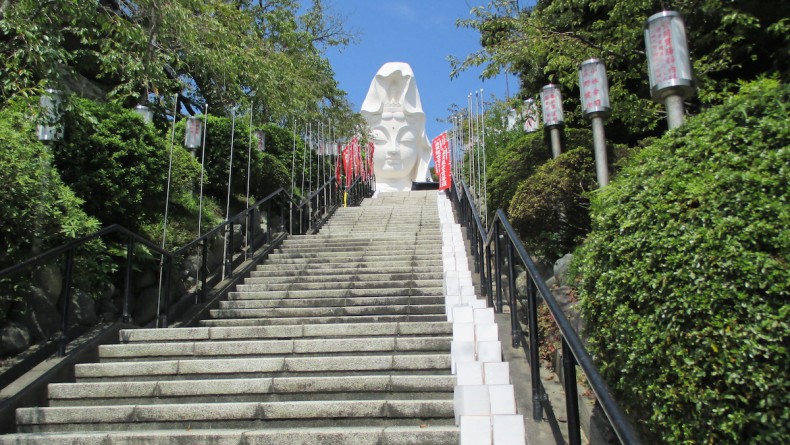
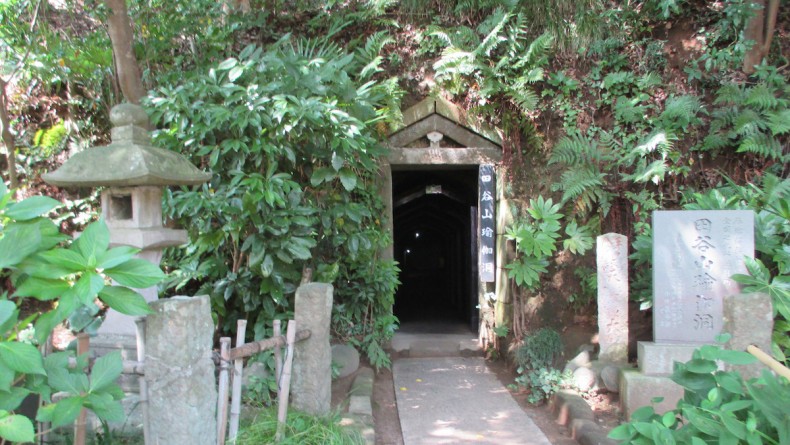
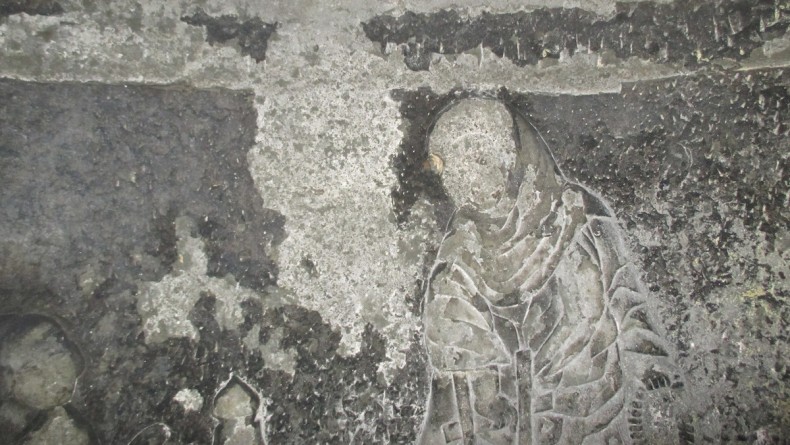
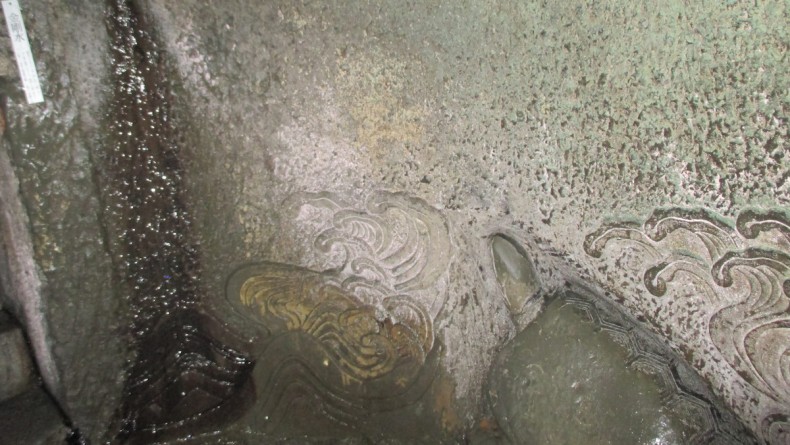











Leave a Reply